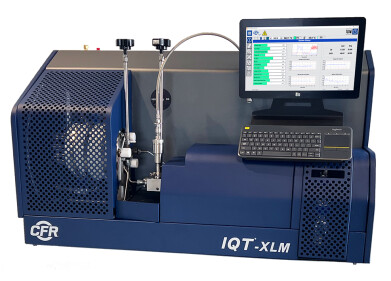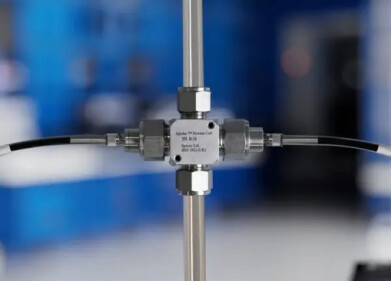Analytical Instrumentation
How is South Korea Backing Hydrogen?
May 07 2018
In a move that's won global acclaim, South Korea has unveiled plans to build a network of eco-friendly hydrogen fuelling stations. A joint venture from both the government and private businesses, the project will see over 300 charging stations rolled out across the country by 2022. According to the government, the project will help tackle air pollution and fuel nationwide demand for eco-friendly fuel cell vehicles.
Hyundai set to power hydrogen revolution
The first stage is setting up a special purpose company, also known as a SPC. It's expected to be up and running by November and will play a key role in helping businesses overcome the challenges posed by the hydrogen fuelling market. Progress is already underway, with a memorandum of understanding recently signed between the Ministry of Trade, Industry and Energy and local auto manufacturers, state-run utilities companies and other related organisations.
Hyundai Motor Co, South Korea's leading automaker, was one of the first entities to sign on. State-run Korea Gas Corporation is also on-board, pledging to work closely with the SPC to install hydrogen fuelling stations across the country. Seoul has backed the project with plans to supply around 15,000 hydrogen vehicles to the South Korean market.
The buzz surrounding hydrogen fuel cell vehicles
Also known as FCEVs, hydrogen fuel cell vehicles are essentially electric cars which split hydrogen atoms to power the motor, as opposed to relying on traditional battery stacks. Over the past few years big-name companies like Toyota, Kia, Hyundai, BMW, Honda and Mercedes have channelled billions of pounds into FCEV technology and research.
Cars are equipped with a fuel cell, which is similar in size to a standard combustion engine. It contains three key elements - an anode, a cathode and an electrolyte membrane. As they pass through the anode hydrogen molecules are split into electrons and protons. The electrons are then forced through a circuit which sparks an electric current and in turn powers the motor. Meanwhile, the protons pass through the membrane. The electrons then reach the cathode, where they're reunited with the protons and oxygen to create water, the only by-product emitted by FCEVs.
One of the biggest advantages over battery-powered EVs lies in range and refuelling capacity. FCEVs take just minutes to fill up and offer ranges of up to 500 miles. Environmental credentials are also a big drawcard, with hydrogen crowned as both a clean and sustainable resource.
Want to know more about the latest eco-friendly fuel developments? Introducing the latest technology from Bühler, 'Bellows Pumps as the Foundation for Process and Emissions Analysis Sending Sample Gas Well on its Way' compares PTFE with stainless steel bypass valves.
Digital Edition
PIN 25.5 Oct/Nov 2024
November 2024
Analytical Instrumentation - Picturing Viscosity – How Can a Viscometer or a Rheometer Benefit You? - Sustainable Grease Formulations: Evaluating Key Performance Parameters and Testing Method...
View all digital editions
Events
Dec 03 2024 Dusseldorf, Germany
Dec 08 2024 Anaheim, CA, USA
Turkey & Black Sea Oil and Gas
Dec 11 2024 Istanbul, Turkey
Dec 19 2024 Aurangabad, India
Jan 20 2025 San Diego, CA, USA



















